I have an application that adds pets to an SQL database.
Currently the user must know what PetIDs are existing and so must know what is available to be added. If the user tries to enter an already existing ID the program gives an error.
Im thinking i need the PetID (top text box) value to be automatically decided upon page load, with a value which wont clash with an already existing value...
Can someone help? i have no idea how to do this
I need the page_load to automatically search the SQL database for PetIDs that are available, pick the one with the lowest value and have it in the text box automatically, ready for the user (so the user wont have to worry about picking one which isn't already taken)...
How can i have an ID which is available, waiting in the top text box, upon page load? also make it so the user cannot attempt to change it.

